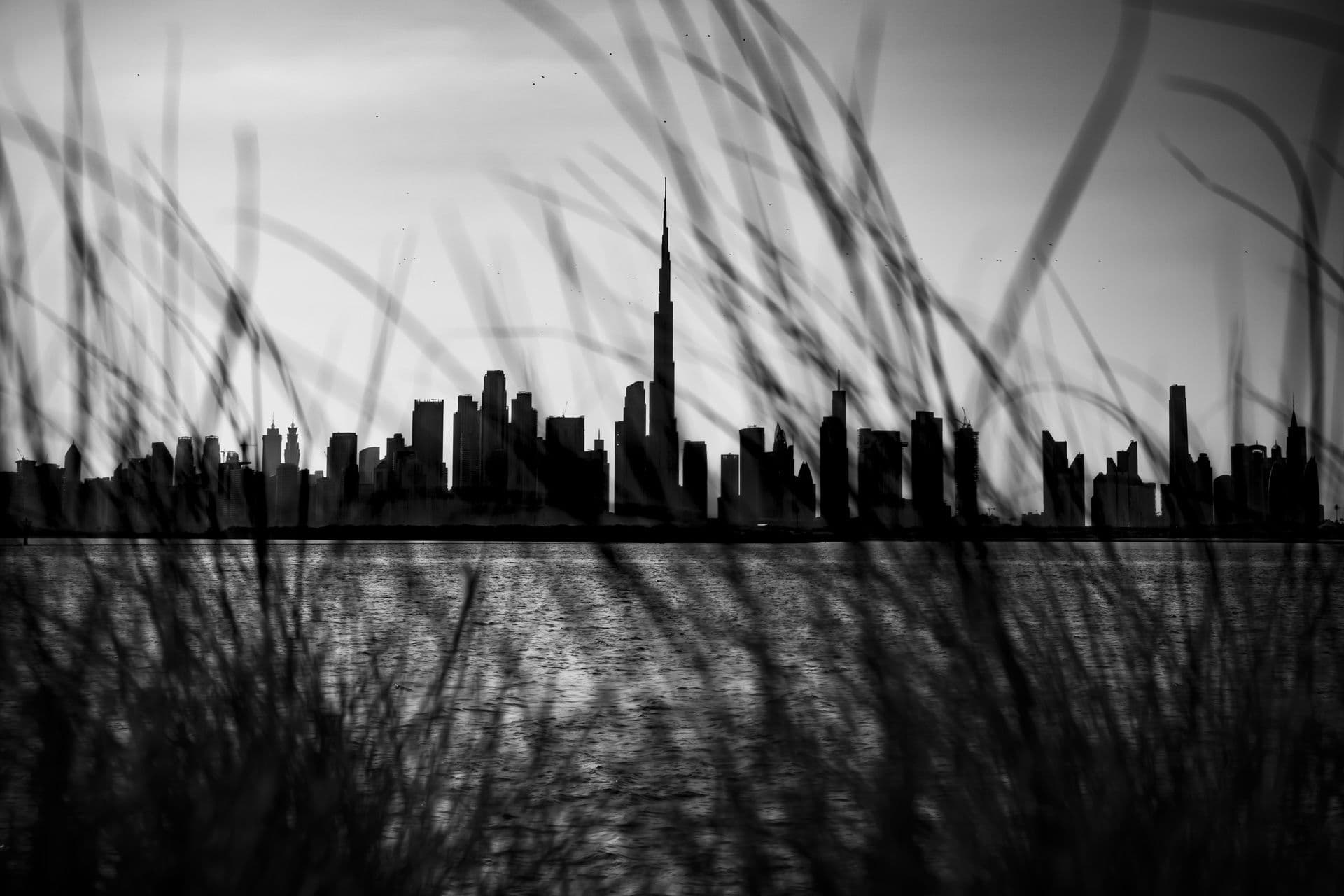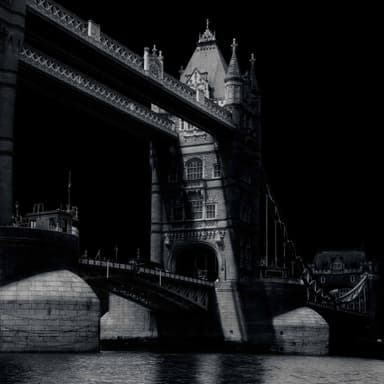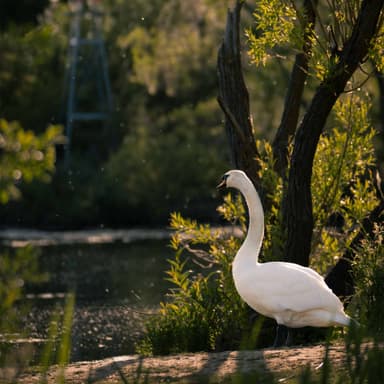Art From The Lens: Unveiling The Essence Of Fine-Art Photography Prints
Fine-art photography - what does it really mean? In this article, I’ll explain how fine-art photography differs from ordinary photography and how this is reflected in the printing process.

Understanding Fine-Art Photography
Fine-Art Photography. Reading this, you’ve likely heard the term before. But what does it really mean? In this article, I’ll explain how fine-art differs from other artforms - specifically in the field of photography.
Before you can understand what fine-art is, you must first understand the journey a photographer goes through to obtain a photograph. We can split it up into 3 components:
- Planning the photograph
- Taking the photograph
- Editing the photograph
Planning The Photograph
If you’ve ever been somewhere even remotely exciting, it is likely you’ve experienced the same overwhelming feeling I have; everything seems so new and interesting. With a camera in your hand, you’ll want to capture anything and everything… at least, I do. This is where we can start to draw the blurry line between fine-art photography and ordinary photography.
When a photographer has the intention of making a piece of art, they usually don’t settle for any candid photograph (unless that’s their style). Careful planning and selection is involved and decisions must be made on what to include and exclude in a photograph to convey the emotion the photographer intends. In some cases, the photographer might wait days, weeks, or even months for the right conditions and lighting to present themselves in accordance with their artistic vision. It is this thinking that will start to make a fine-art photograph.
Fine-art photography resonates differently with the owner. It tells a story; evokes an emotion; the thought put in by the photographer is shown through in the photograph. Once the photographer has arranged all the components in the photograph to their liking, they must then take the photograph.
Taking The Photograph
While the physical act of taking a photograph is just pressing the shutter button, there is more to taking (or making) a fine-art photograph than this. The meticulous framing of a fine-art photograph is no coincidence. Everything is placed in a position for a reason. For example, a central subject could convey meanings of uniformness and regularity, whereas a subject slightly off-centre could indicate that something is not right and give a jarring and uncomfortable feeling to the photograph. The perspective of the photograph can also greatly alter its meaning. Photographs from higher points can make a subject seem vulnerable and seemingly insignificant. Compare this to photographs looking up at subjects which can make them appear dominant and powerful. Once again, it is the thought process behind the image that can make a photograph fine-art.
In my fine-art photograph ‘The Evening Watch’ the mother swan is positioned to the right of the frame. This photograph is almost ‘right-heavy’, meaning that most of the elements in the photograph are congregated to the right of the frame. I feel that this emptiness to the left of the photograph perhaps mirrors the feelings of the swan as her cygnets are out swimming on the lake. She is anticipatedly waiting for their safe return. The lack of elements in the left of the frame helps us to understand how she might be feeling, however, the out-of-focus windmill in the background helps to balance the photograph so that we are not left feeling that something is missing. The mother swan can still see her cygnets playing, however, she will naturally feel some maternal anxiety.
 The Evening Watch
The Evening WatchEditing The Photograph
In my opinion, the artistic side of photography is brought out in the editing. If a subject is placed perfectly with vibrant foliage surrounding it, all it takes is cooler colours for it to lose its content feeling. In some cases, colour can also distract from the photograph. When photographing architecture, I like to adopt a monochromatic style of editing which allows me to accentuate the shapes and textures of buildings without colours drawing attention from them. I spend a lot of time selectively adjusting the exposure of key elements in the photograph to further enhance the shape of the architecture. Hours are spent editing fine-art photography in order to best convey the meaning and story of the art. Like all types of art, photography is subjective. One person might appreciate a style of editing whilst another is not so keen. Fine-art photography often brings out the photographer’s feelings and artistic vision through editing. I’ve found this to be the case with my fine-art photography.
In ‘Tower Bridge’, the dark shadows and bright highlights contrast beautifully, complimentary to the neo-gothic architecture of the bridge. The slightly cooler overall colour to the photograph helps to enhance the gothic design of Tower Bridge. Once the photograph has been completed, the photographer must then decide if it is worthy of printing. Printing photography is quite an expensive task and requires a lot of trial and error. In my case, only my best work is available to buy as a fine-art print.
 Tower Bridge
Tower BridgePrints?
Fine-art photography prints can mean two things: Prints of photographs that are considered fine-art, and fine-art prints of fine-art photography. The former means prints from any printer, on any medium, with any inks. Fine-art prints different from the type of prints your home printer might produce. The finest papers, inks, and printing processes are used to produce the artwork. All of my prints are printed on the Hahnemühle Photo Rag® paper by Hahnemühle. It is 100% cotton and produces incredible colours and details. This paper is also archival meaning that it is expected to last more than 100 years with the proper care. My prints are produced in London through a process known as Giclée Printing.
These attributes contribute to the making of a fine-art print. The beautiful textures of the papers lend themselves well to the fine-art photographs. The inks used produce spectacular colours. The entire process ensures that the fine-art photograph is displayed in its true glory, bringing out the real colours and meaning of the artwork as the photographer intended.
Fine-art prints can also be a good investment. The value of artwork does not fluctuate with the stock market and can increase significantly overtime, especially if an artist or style becomes popular. Fine-art prints can also just be a nice item to display on your wall, or gift to someone special. Fine-art prints have meaning to them. Whilst a much cheaper mass-produced canvas print might do the trick, there is something special about a fine-art print. You can really appreciate the efforts undergone by the photographer and truly understand the story behind the photograph. You can also feel safe knowing that your print won’t degrade in quality with time.
Whatever you choose to do with your prints, you’ll now hopefully be able to comprehend the true meaning of fine-art photography.
Prints Mentioned In This Article
Follow My Journey
The destination: I'm not quite sure yet. Find out with me?
By joining my email list, you'll receive the occasional email when I release new prints, write articles on my blog, or if I have something new to share with you :)


Comments Loading